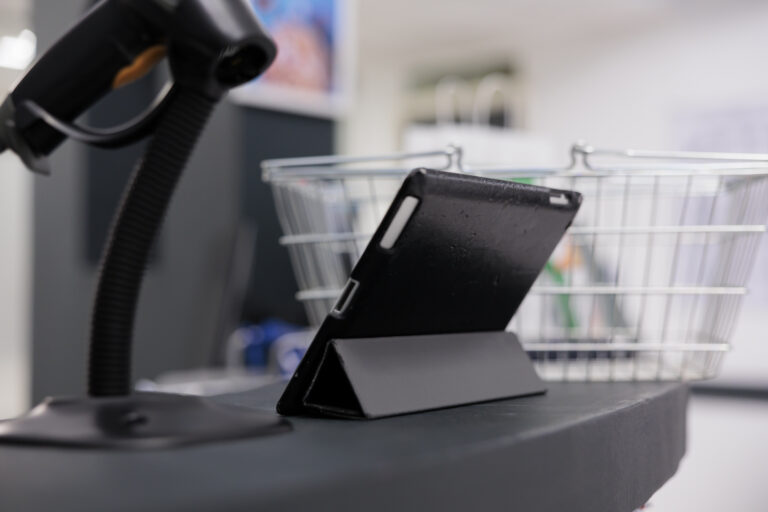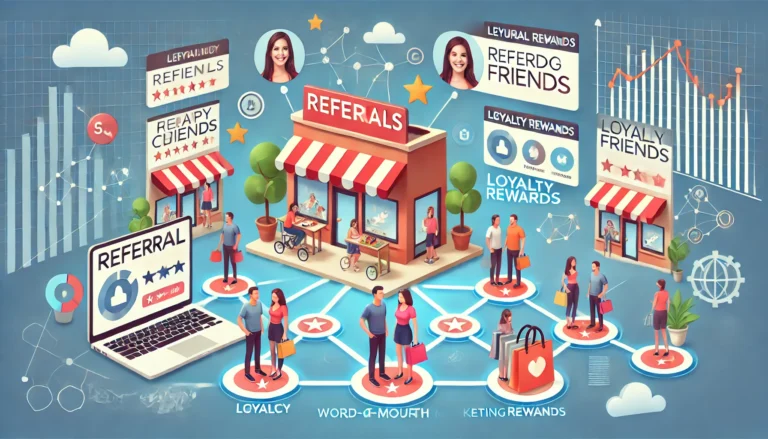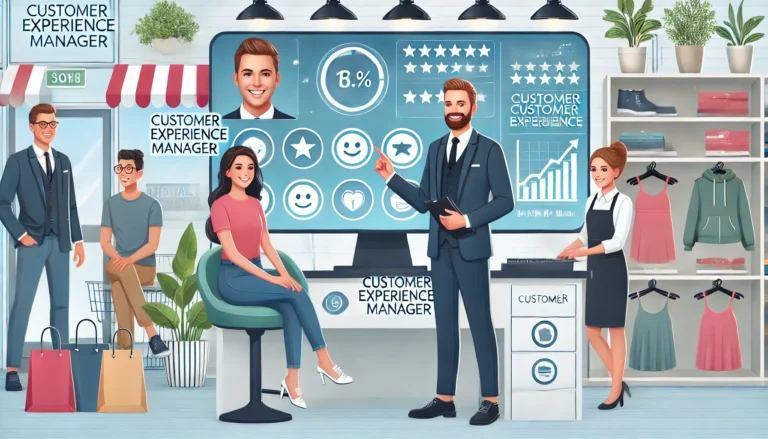Today’s business and retail landscapes are intensely competitive, requiring companies to deliver superior customer experiences (CX) to distinguish themselves. The quality of customer experience can significantly influence customer loyalty, brand perception, and profitability. Consequently, customers expect seamless, intuitive digital experiences that don’t just meet their needs but also delight them. Maintaining a competitive edge means businesses must recognise their customers’ pain points and craft solutions that eliminate or at least alleviate the CX pitfalls in retail.
Technology has become an indispensable tool in this endeavour, facilitating businesses to decode customer behaviour and preferences. Companies have been able to utilise data analytics and artificial intelligence technologies to derive valuable insights and craft personalised experiences that elevate customer satisfaction levels and foster loyalty.
As we observe the evolution of retailing from location-centric to convenience-centric and now to experience-centric, it’s apparent that digital technology is a powerful driving force – both online and in-store.
For companies to thrive, they must harness innovative strategies and technologies to create bespoke experiences that cater to evolving customer needs. This transition, albeit complex, holds the key to future business success.
Understanding Pain Points in Physical Stores & CX Pitfalls in Retail
The customer experience pain points are obstacles or difficulties customers encounter when interacting with a brand or service. These barriers can severely impact the perception of a business, ultimately affecting its profitability and brand image. In the realm of physical retail, common pain points may include:
- Long checkout queues
- Out-of-stock items
- Difficulty in finding products
- Lack of knowledgeable staff
- Poor customer service
These issues can significantly disrupt a customer’s shopping experience, leading to dissatisfaction and disloyalty, and eventually abandoning the purchase.
Neglecting these pain points can have significant consequences for both the brand and customer relationships. Each unresolved issue can result in a lost sale and a dissatisfied customer, who might not only choose to take their business elsewhere but also share their negative experience with others. In an era where word-of-mouth is incredibly powerful and digitally spread, this can quickly tarnish a brand’s reputation. Moreover, companies that neglect these pain points often then scramble to make amends when they realise their error, which can be costly and time-consuming.
However, recognising these pain points is just half the battle. The other half involves transforming these friction points into touchpoints – opportunities to engage the customer positively. Companies must proactively identify these pain points and develop strategies to address them effectively to avoid the CX pitfall in retail.

Leveraging Technology to Address CX Pitfalls in Retail
Technology plays an integral role in modern CX improvement. It provides the tools businesses need to analyse and understand customer pain points and offers innovative solutions to mitigate these issues and enhance the overall shopping experience. As the retail landscape continues to evolve, leveraging technology for CX improvement is no longer a nice-to-have but a necessity.
Data Analytics
Data analytics, for example, provides an invaluable resource for understanding customer behaviour. Businesses can gain deep insights into customers’ preferences, shopping habits, and potential pain points by analysing transaction data, social media interactions, and online behaviour. Artificial Intelligence (AI) and Machine Learning (ML) can further augment these analyses, predicting customer behaviour and helping businesses proactively address potential issues before they arise. Retailers can use the data to improve their personalisation game to improve customer retention and lifetime value, as well as increase profitability.
Customer Feedback Tools
Customer feedback tools represent another crucial technological aspect of CX improvement. These tools capture the voice of the customer, allowing businesses to understand their customers’ experiences in real time and adapt accordingly. An example that many of us have encountered is the customer satisfaction kiosk often seen at airports, where customers can rate their experience by selecting a smiley face on a touchscreen. This immediate feedback allows the business to quickly identify and address any issues, ensuring a positive experience for future customers.
Email Surveys
Similarly, businesses can leverage email surveys to collect post-purchase feedback from customers. These are particularly effective for customers in loyalty programs, where a relationship exists between the business and the customer. Such surveys can provide detailed insights into the customer’s shopping experience and opportunities for the business to address specific pain points.
Digital Receipts
Digital receipts also offer another powerful method for collecting customer feedback. By incorporating a simple feedback function into digital receipts, stores can make providing feedback seamless for the customer. It leads to higher response rates and more accurate feedback, which is invaluable for CX improvement and for addressing CX pitfalls in retail.
Proactively Addressing Pain Points in Retail
One of the primary customer frustrations in physical retail is the lack of knowledgeable staff. One way of overcoming this is by deploying in-store technology such as interactive kiosks or tablets, or providing QR codes that will provide the customers with more information. These methods can offer detailed product information, reviews, and recommendations, enabling customers to make informed purchase decisions without requiring staff intervention. Besides, customers are also willing to actively search for the information they need. According to research, 71% of shoppers use their phones in some shopping-related way when shopping in stores.
For instance, a customer looking for a specific skincare product could use an in-store kiosk or scan a QR code to find ingredients, reviews, and suitable skin types, ensuring a purchase that meets their needs.
Another common pain point in physical retail is product unavailability regarding size, colour, or model. Here, businesses can leverage technology to facilitate online ordering in-store. If a product is unavailable on the shelf, customers can instantly check online availability and place an order immediately, thus saving the customer’s time and preventing potential lost sales. This seamless integration of physical and digital shopping channels can enhance the shopping experience and increase customer satisfaction.
Furthermore, in the age of digital transformation, finding the right product in a store can sometimes be a challenge. Here, innovative solutions like digital signage and virtual mirrors can play a pivotal role. Digital signage can guide customers through the store, highlight promotions, and suggest products based on past purchases or browsing history. On the other hand, virtual mirrors can use Augmented Reality (AR) to recommend products to customers. For instance, a virtual mirror in a clothing store could suggest outfits based on a customer’s body type, preferences, or the item they’re trying on. Such personalisation can help customers find the right product and enhance their shopping experience.

Case Studies
A case that stands out in the grocery segment is Kroger, one of the largest supermarket chains in the U.S. They have deployed digital smart screens in 500 of their US stores. The smart screens display product prices, nutritional information, and advertisements. They can even highlight items on a customer’s shopping list as they walk by, making the shopping journey more accessible and personalised. This functionality addresses the pain point of finding products and enriches the in-store experience for customers.
Similarly, Rihanna-backed Savage X Fenty partnered with Fit:Match for its stores in 2022. Fit:Match uses Lidar technology, which works by creating a 3D scan of shoppers’ bodies, determining their specific measurements, and suggesting which bra sizes to try on. This technology, an evolution upon the Neiman Marcus mirrors, has been particularly helpful in solving the notoriously challenging task of bra fitting.
The partnership allowed customers to store their fitting data in the Fit: Match app after visiting a Savage X Fenty store and repurchase online later, thus seamlessly integrating the physical and digital shopping experience. This technology has also been used by the brand Fabletics, where Fit: Match’s technology has helped enhance the fit of leggings, another product category notorious for fit issues.
These examples show that technology offers many solutions to common retail pain points. These technological innovations continue to transform the retail landscape. With a mixture of tools such as virtual mirrors, interactive mobile apps and digital signage, retailers can provide not only an answer to existing pain points but also an opportunity to redefine and enhance the customer experience.
All these efforts emphasise how the best retailers understand that innovation needs to sit across all channels, not just e-commerce.
Removing friction from the shopping process and integrating online and offline experiences are key to enhancing and personalising the customer’s shopping journey. However, retailers must ensure that consumer adoption and familiarity with these technologies are present before pouring money into new digital experiences that may not garner the desired attention or usage. The retail landscape is rapidly evolving, and businesses must keep pace by leveraging technology in innovative and customer-centric ways.
The Future Of Tech And CX in Retail
It’s clear that addressing pain points and improving touchpoints are crucial to avoiding and addressing CX pitfalls in retail. Technology is pivotal in this journey, providing tools to identify pain points, alleviate them, and deliver personalised experiences that align with customer expectations.
Embracing these tech-driven enhancements is necessary for businesses to remain competitive in a phygital world. Retailers must leverage these innovations to decode customer behaviour and bespoke craft experiences, striking a balance between online and offline touchpoints.
Therefore, it’s time for brands to introspect: do they need technology to capture data, identify pain points, alleviate these challenges, or deliver tailored experiences? The answer likely involves a blend of these factors. In this hyper-competitive landscape, businesses must continue proactively integrating technological advancements into their CX strategies, transforming the retail journey into a seamless, personalised, and satisfying experience for the customer.









